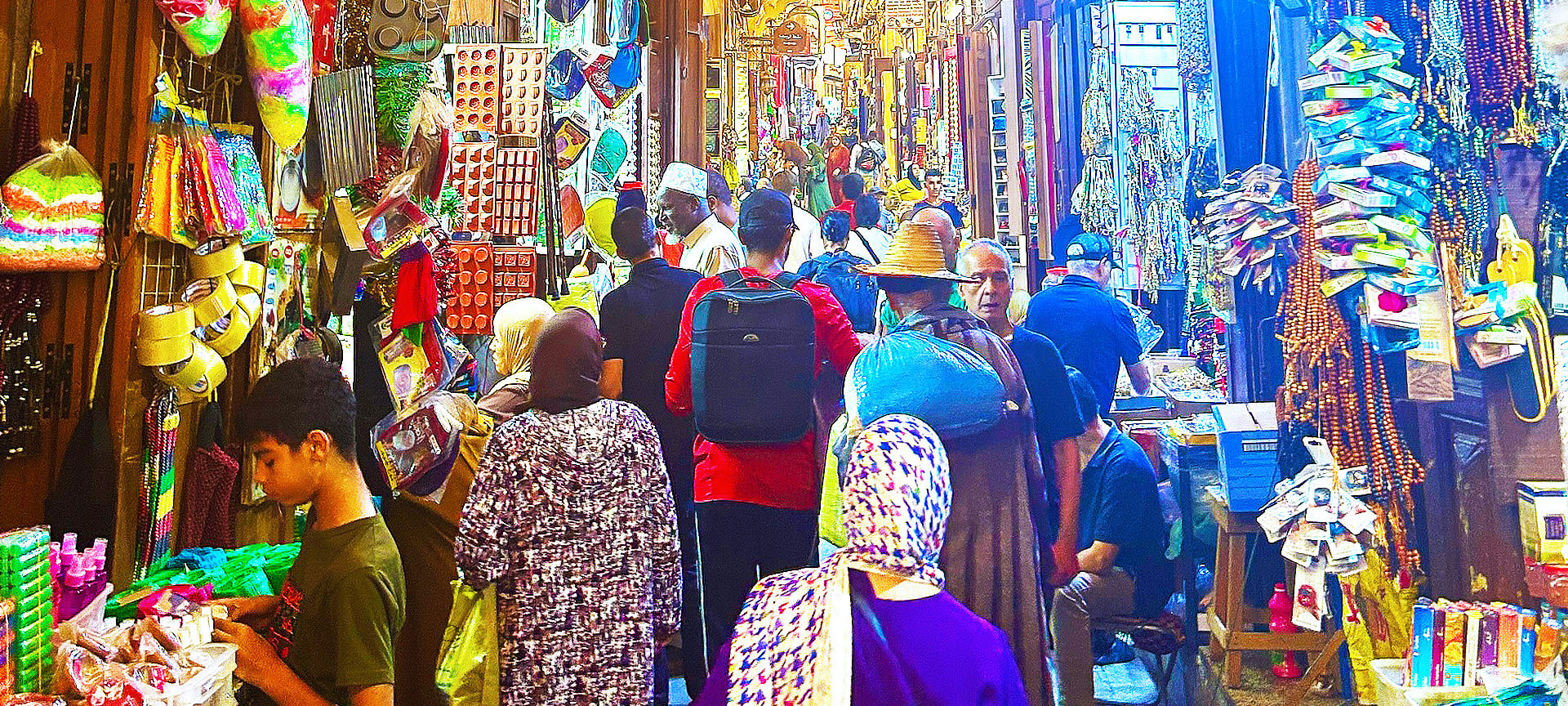Ken Powell a seasoned globe-trotter and experienced photographer (powellphotography.ca), blogs (powellponderings.com) about his journey with Adventures Abroad’s 21 Day Five Stans Tour, which covers Kazakhstan, Kyrgyzstan, Uzbekistan, Tajikistan, and Turkmenistan. His insights, images, and expertise offer a wonderful glimpse into this extraordinary tour.
First, two things to preface: I collect masks from countries I have visited. (This is not the place for why, and what they are and represent – but I do have over 200 and they really are fascinating.) The second point is that the Stans don’t have cultures that use masks in religious, ceremonial or artistic ways.
But, yes, of course, they do. Or they did – for in the old days women covered their faces with shawls, i.e. masks of some sort. It was common practice for women in Central Asia. Chachvans were worn beneath capacious veiling garments or cloaks called paranjas. Dating from the end of the nineteenth century and the beginning of the twentieth century, the chachvan and paranja were mandatory streetwear (they were never worn inside) for all urban Uzbek and Tajik women, from girls of a marriageable age to elderly matriarchs.
This “veil” (or paranja) was similar in basic style and function to other regional styles such as the Afghan chadari. (It was also known as “burqa” in Arabic). As I said, the actual part that covered the face, known as the chachvan, is heavy in weight and made from horsehair. It was especially prevalent among urban Uzbeks and Tajiks.
But the Soviet Union, in their Bolshevik revolutionary enthusiasm, banned them. In March 1927, the Communist Party of the Soviet Union initiated a series of policies and actions (called the hujum) to remove all manifestations of gender inequality, especially the systems of female veiling and seclusion practices in Central Asia. The Russians aggressively imposed the ban, often tearing the “veil” off a female’s face. Women were encouraged to burn their chachvans and paranjas. By 1959, they had all but disappeared.
So I decided to try and buy one. It dawned on me that there might be one of those old chachvans lingering in a closet in somebody’s home. When we were in the city of Bukhara, Uzbekistan I went to a marketplace and asked the proprietor of a stall that sold all manner of clothing whether he knew how to obtain one. He inquired about it and came back to me with the possibility that he could obtain one. He asked me to return in about two hours and would show me what he had tracked down.
When I returned, he presented it to me; you could tell it was authentic and quite old. The predominantly dark brown horsehair face veil is rectangular in shape and of looped construction. The veil is bound across the top and down the two long sides with a wide, matching brown cotton strip. Across the fourth side (the lower edge which hangs down to the chest when the veil is worn), light-coloured horsehair has been incorporated in the looping to provide a decorative edging. A button is sewn to the top left-hand corner, and a corresponding loop at the top right for fastening the veil into a circle for placing on the head.
After some price negotiation, I purchased it. The chachvan is heavy, made from horsehair and is over 100 years old, a relic from a strange era.
This is Penny reluctantly modelling my purchase.
A gallery of head and face coverings on our tour.



| The vignettes - Journey Around the 5 Stans:... | |

View all
